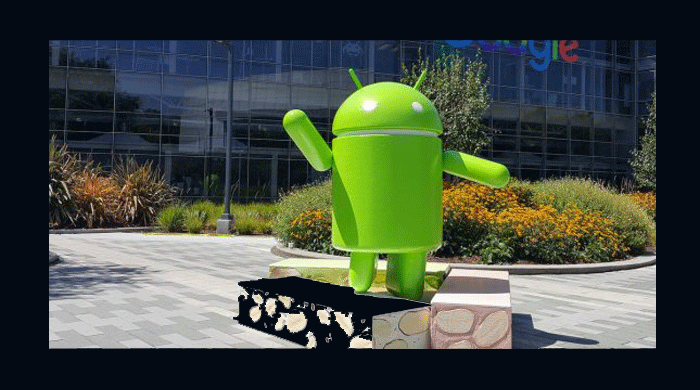From Upwork —You can’t venture far without finding someone glued to their phone or tablet. This is great news for mobile developers across the board, given the widespread popularity of mobile apps and games and messaging.
Apple’s iOS isn’t the only platform of choice, however, and many mobile users are seeking more affordable smartphone alternatives. With its massive install base, Google’s Android is a compelling and constantly expanding platform to develop for.
If you’re an Android developer, it’s worth keeping up with the latest changes and development tips for the platform. These articles from the Hiring Headquarters—Upwork’s resource for businesses, freelancers, and entrepreneurs—offer some of the latest.
Exploring Android’s new Nougat operating system
Much like death and taxes, the arrival of major operating system updates are all but a given for developers. While adapting to the latest updates can be tricky at times, they often introduce new features that savvy developers can take advantage of.
Android’s Nougat 7.0 OS is here, and it improves the platform’s mobile experience for users and developers alike.
“What’s New with Nougat: A Look at the Latest Android Operating System” looks at the notable additions in Nougat 7.0, with a focus on the impact these have on existing apps and how developers can best incorporate them into new apps. The piece offers a helpful at-a-glance view of what the more interesting features bring to the mix for users and Android developers alike.
Here are three updates in particular that can help you make a positive impact on your app designs and user experience.
1) Improved performance, storage, and battery life. More juice for processing everyday tasks and smoother performance is always a good thing. The newly added “just-in-time” (JIT) compiler reportedly makes apps run faster and burn less RAM.
2) Users can run two apps at once on-screen. Multi-window app support, which lets you run two apps simultaneously side-by-side or vertically stacked, is a fascinating feature that comes with drag-and-drop functionality between apps.
3) Direct reply notifications. You can now directly reply to notifications from the app you’re using, without having to switch apps.
Use AsyncTask to free up app overhead
Stability is vital for a successful app. Users tend to get quickly frustrated if your app crashes or doesn’t perform smoothly, but there are many developer tricks to help boost performance and avoid issues that might cause someone to abandon your app.
Every Android app has a main thread, called the UI Thread, that handles the most important tasks. To avoid blocking this thread, which can cause issues ranging from lag to full-on app crashes, many mobile developers recommend using AsyncTask.
“Why You Should Use AsyncTask in Android Development” explains how tapping into the power of background threads can improve app performance and help developers steer clear of potential trouble spots.
The main benefit of AsyncTask is the way it lets you move heavier, long-processing operations to the background to run asynchronously without leaving users hanging. Beyond the technical explanation of the UI Thread and how it affects your apps, this article also provides useful snippets of sample code to help implement AsyncTask in your app.



